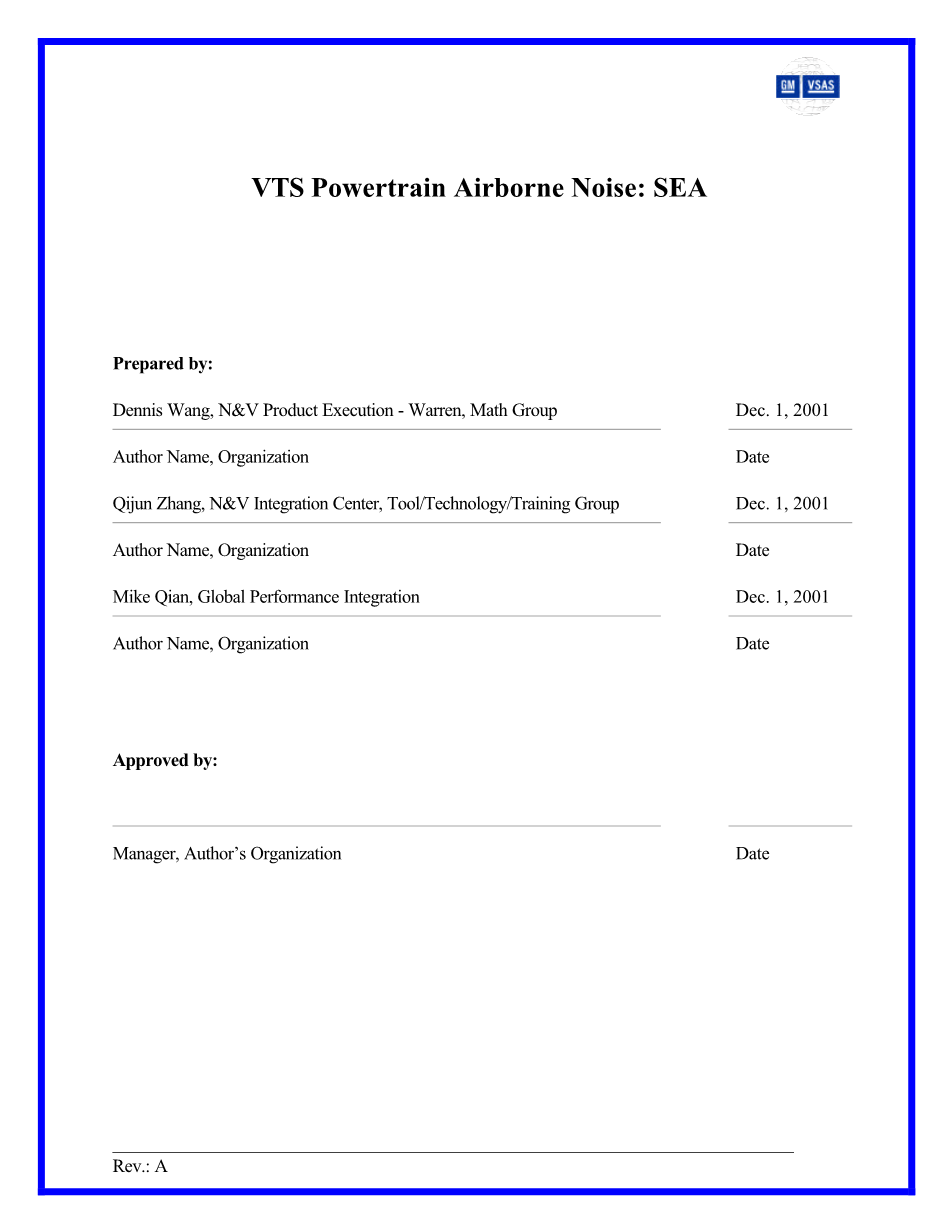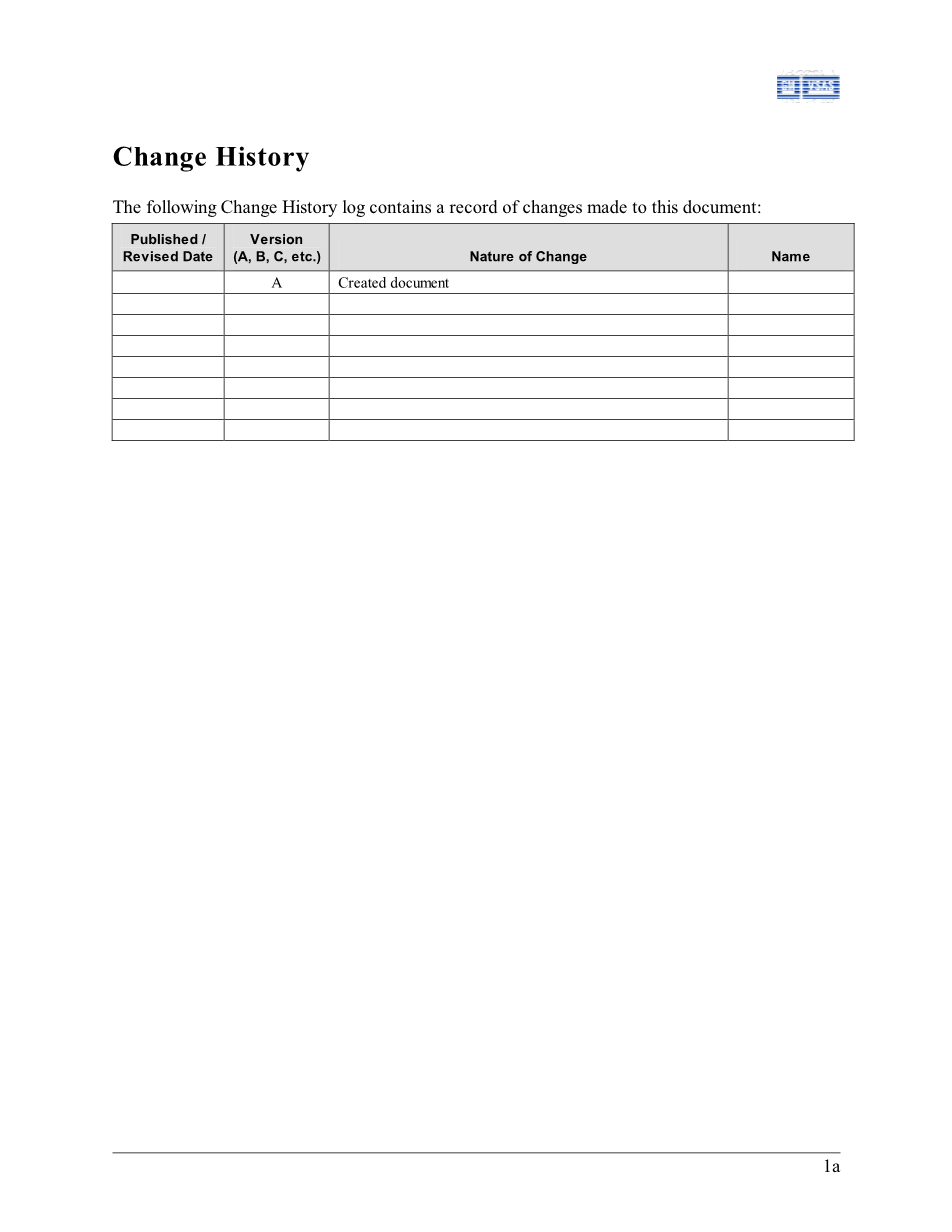海洋平台三用工作船动力装置设计外文翻译资料
2022-09-16 10:25:20


英语原文共 8 页,剩余内容已隐藏,支付完成后下载完整资料
|
8 the propeller shaft The simplistic view of the main propulsion shaft installation is that the system is set up with initial straight alignment and remains in that state during the lifetime of the ship, unless affected by accident or wear. The reality is that there are many factors which can affect and alter alignment during building and throughout the working lifetime of a vessel. Establishing the shaft centre line Optical (or laser) equipment can be used to establish the centre line of the shafting system, to give a reference for cutting through bulkheads and machining of the aperture in the stern frame. One method employs a telescope with crosswires, set up on the shaft centre line at the forward end of the double bottom engine platform with a plain cross wire target on the same axis at the after end of the engine seating. With both in use, the centre of engine room and aft peak bulkheads can be located and marked prior to cutting holes for the shaft. The required centre of the aperture in the stern frame boss, can then be found by line of sight, using a crosswire in an adjustable spider. Replacement of the crosswire by a plug with a centre gives a location for the divider to be used when marking off the boss for boring. Importantly, the telescope and crosswire target method can also be used to check the accuracy of the boring operation, work on the installation of the stern tube and siting of shaft bearings. Some arrangements as for split stem tubes, involve the welding in of the boss and this operation can be guided by constant checking with optical equipment. Deviation while building With the ship under construction still firmly supported, faults causing shaft misalignment can and do occur. The stern tube aperture can be incorrectly machined due to flexure of the boring bar or human error. Any contraction or expansion of the hull as a result of temperature variation can conspire with changes caused by welding of the hull to effect change of hull shape. The welding in place of a fabricated stern tube requires constant checks to ensure alignment is maintained. Some stern tube bearing failures have been traced to alignment errors which should have been detected and remedied during installation.After fitting the stern tube and propeller shaft, the propeller is mounted. The considerable weight of the propeller however, causes droop in the tailshaft and potential edge loading of the stern tube bearing. Arching tends to lift the inboard end of the propeller (or tail) shaft so that the next bearing forward whether in the stern tube or beyond, would tend to be negatively loaded. Deformation imposed by the propeller mass, remains even after installation of the rest of the shaft system.The remedy for edge loading due to propeller shaft droop, is to arrange for the stern tube bearing to be slope bored or installed with a downward lie. Shaft weight is then fully supported along the bearing surface. After the ship has been launched, the immersed section of the heavily framed stern with the propeller mass, being much less buoyant than the full hull further forward, flexes downward. This emphasizes the droop of the propeller shaft and resulting inherent misalignment. Downward flexing of the stem also deforms the hull, changing the line of the tank top. It was the normal practice to install the intermediate shafting after the launch, when the ship assumed its in-water shape. The shafting was installed from the tailshaft to the engine. Optical equipment, as before, could be used to check the position of the propeller shaft inboard flange and to locate the centres of plumber bearings. Chocks for the shaft bearings are machined to the correct height. Traditionally, the fairing of couplings has been used to align shafts and to check the alignment of adjacent shaft sections. The fairing of couplings involves the insertion of feelers between a pair of couplings to check that they are parallel and the use of a straight edge or dial gauge, to ensure that they are concentric. Incorrect alignment can result if it is assumed that shaft sections are rigid; particularly with the heavy shaft sections for engines of high power. Account must be taken of slight droop due to elasticity and overhanging weight at each shaft flange. The natural deformation of shaft sections is taken into account with rational alignment programmes and coupling conditions can be used to position shaft sections and to check alignment. For this procedure, pre-calculation is used to find the gap and sag that should exist between couplings, when shaft alignment is correct. Alignment deviation in service Shaft line is continually changed through the lifetime of a ship, as the hull is distorted by hog or sag due to different conditions of loading. The weight and distribution of cargo, ballast, fuel and fresh water are all subject to change and the changes are known from experiment to affect shaft alignment. (Incorrect cargo discharge procedures and resulting excessive hull stresses have resulted in ships actually breaking in two.) High deck temperature in the tropics or low sea temperatures can cause differential expansion and hogging of the hull. These types of change can alter crankshaft deflection or shaft alignment readings which are taken even a few hours apart. Heavy weather produces cyclic change of hull shape so that the hull of a moderately sized ship can flex by as much as 150 mm. There are also local factors which alter shaft alignment. Thus the forward tilt of a loaded thrust block, and the lift of its after bearing, causes misalignment of the shaft and possible uneven loading of gear teeth. A build-up of fluid film pressure in bearings, as the shaft starts to rotate, lifts the shaft bodily. Sinkage of individual plumber blocks could be another problem. Fair curve alignmen 剩余内容已隐藏,支付完成后下载完整资料 资料编号:[148662],资料为PDF文档或Word文档,PDF文档可免费转换为Word |




